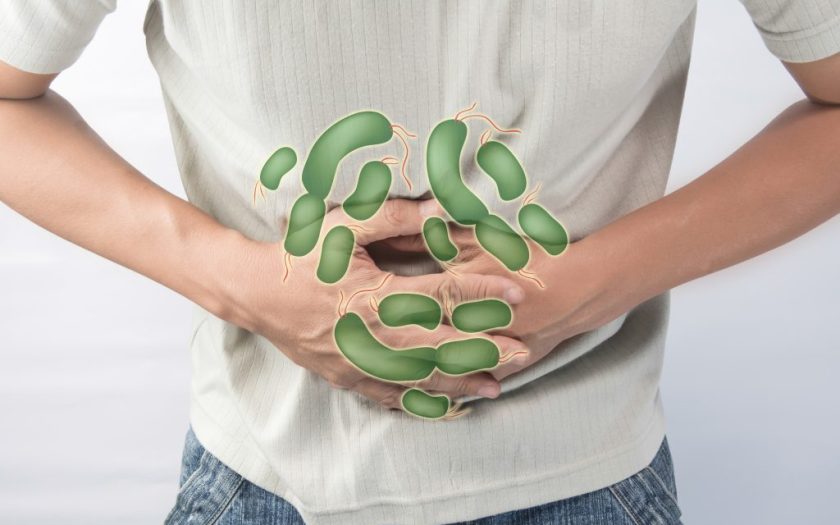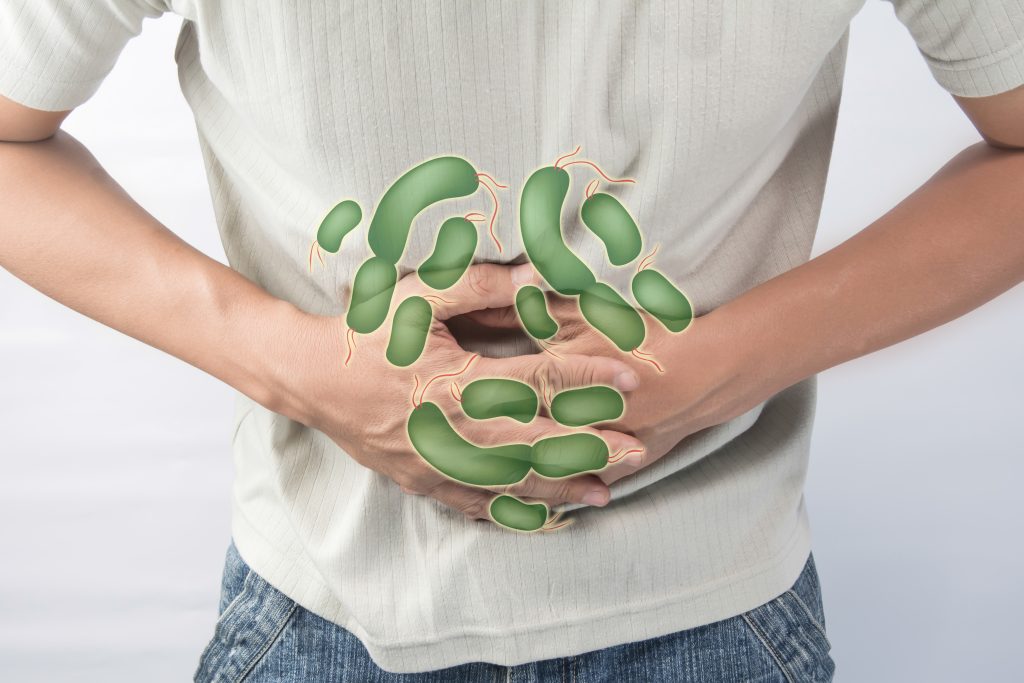Food poisoning that has been chemically treated, unclean or inadequately heat treated
Fungicides, herbicides, insecticides and other chemicals used by food growers for humans can be very harmful and therefore food should be thoroughly cleaned and washed before preparation, especially those foods that you use raw. Food poisoning which is chemically treated, unclean or inadequately heat treated, all foods you cook, stew or bake should also be properly prepared.
There may be leftover veterinary drugs in meat that are harmful in human food. Fruits and vegetables can contain mycotoxins, fungi that are harmful to humans, and bacteria in food need special attention because they are the most common forms of poisoning. Food poisoning can be a nauseating and transient condition, and can also become a very serious problem if diarrhea, vomiting, and nausea last longer than three days. Enteroviruses can also enter the digestive tract through food. Wash your hands, dishes, knives and other kitchen utensils, maintain the refrigerator and pantry, and especially thoroughly wash the food you prepare.
Food poisoning, bacterial poisoning are most common especially in the warm periods of the year
Solomonella, Trichinella, clostridial poisoning, staphylococcal poisoning, food poisoning that food has withdrawn from the soil, poisonous plants and poisonous fungi, various intestinal parasites that are ingested with food, the list of causes of possible poisoning is extensive. Food poisoning, bacterial poisonings are most common especially in the warm periods of the year, and salmonella poisoning among the more common.
The problem with salmonella poisoning is that the symptoms appear only 12-24 hours after consuming the infected food, so people do not immediately associate chills, nausea, vomiting, diarrhea, abdominal pain and fever with the food they have consumed. Staphylococcal poisoning is caused by staphylococcal toxins and occurs 2-3 hours after consuming infected food, but like salmonella it is more common in the warmer times of the year and vomiting is more present than diarrhea. Food poisoning in which clostridia bacteria are present is similar in symptoms to staphylococcal poisoning and is often associated with domestic cured meat products. It is important to be on a tea diet, possibly with salty soups, to avoid dehydration.
Food poisoning, botulism can be life-threatening, caused by the bacterium Clostridium botulinum
Not all food poisonings are benign and with a little discipline pass quickly. Poisonous fungi can be as deadly as some poisonous plants, and food contaminated with special bacteria. Food poisoning, botulism can be life-threatening and is caused by the bacterium Clostridium botulinum, which is a neurotoxin because when it enters the body it damages nerves and muscles. The most common source of this type of poisoning is canned food.
Botulism can affect young children from infancy, as well as all other age groups. Dry mouth, visual disturbance (double vision), problems with eyelids, field of vision, focusing on objects, these are some of the symptoms, other symptoms are nausea, vomiting, abdominal pain and diarrhea, as with other types of food poisoning. Food poisoning resembling botulism should be confirmed by blood tests and stool findings. Doctors quickly recognize botulism by the characteristic spasm of muscles and nerves. Since botulism causes a neurotoxin, the patient should be given an antidote as soon as possible that does not repair the damage, but stops further damage.
More health hews: Nausea: the most common causes and treatment
source: webmd

